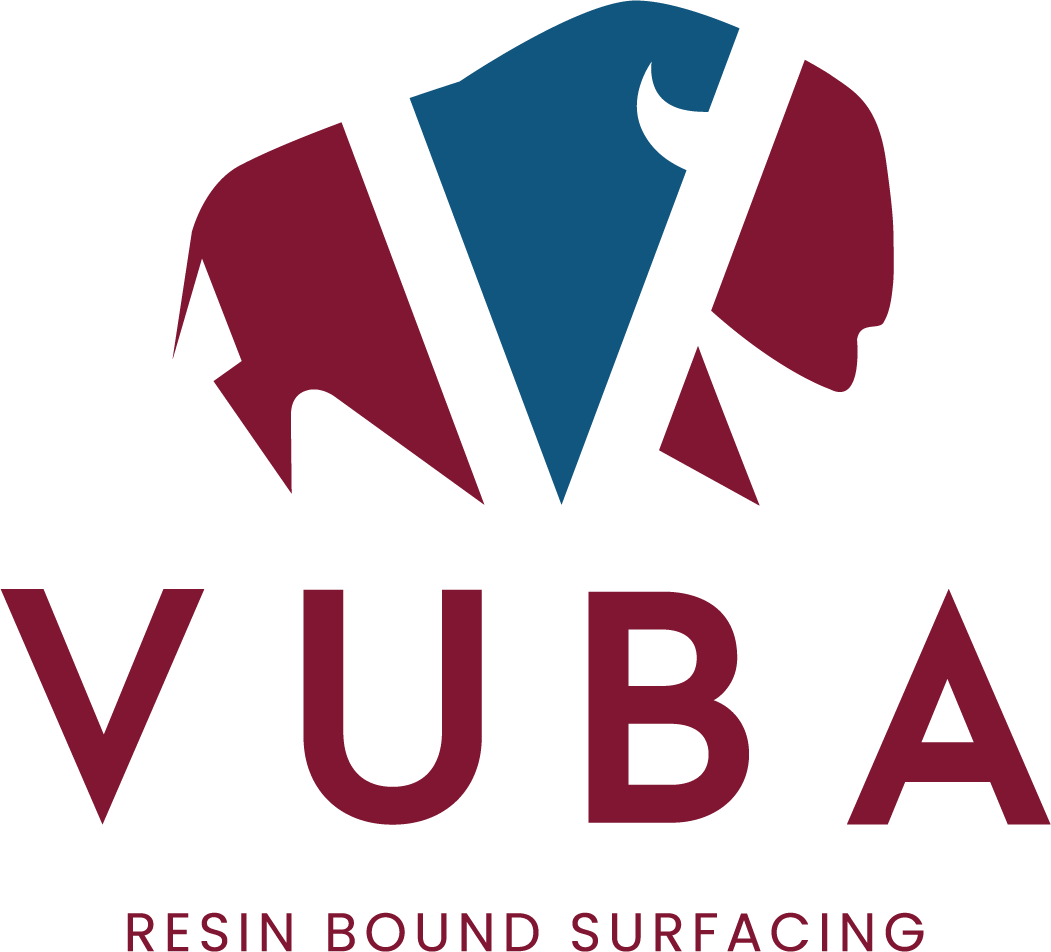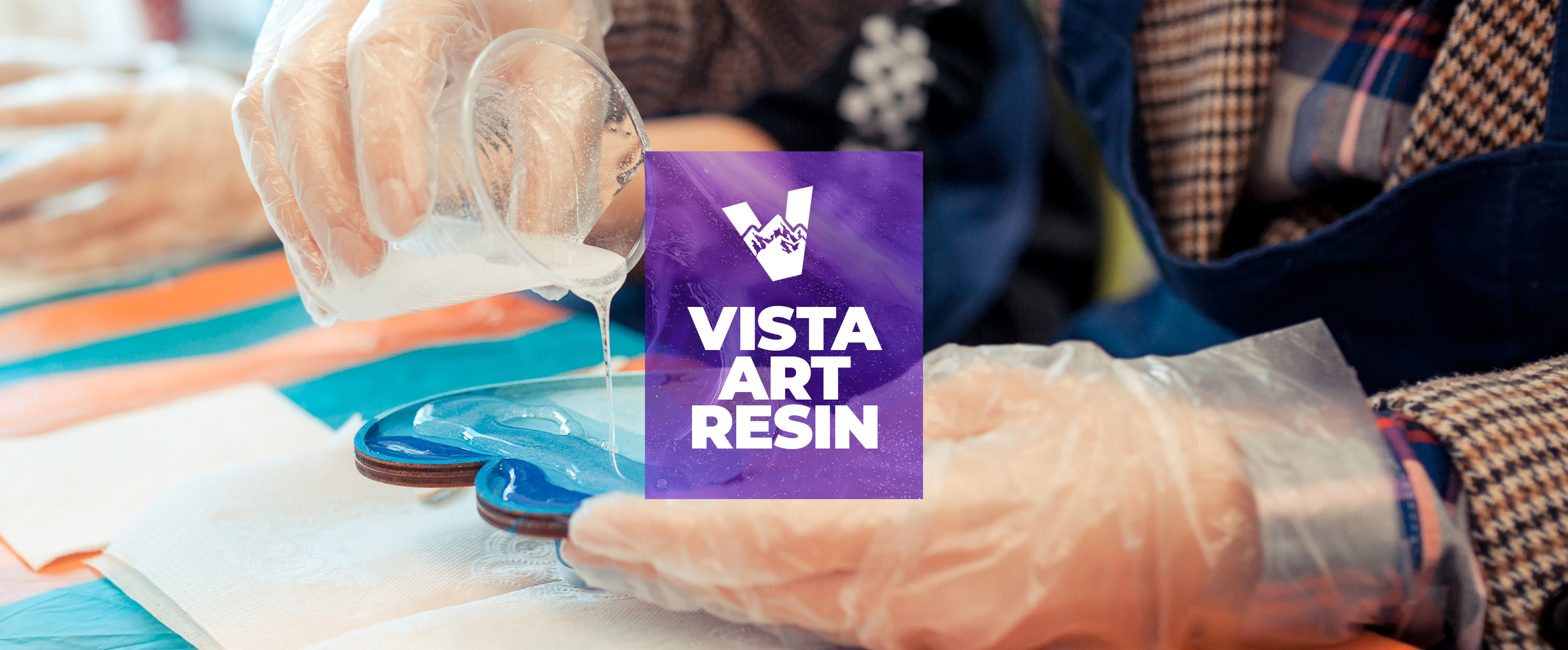Understanding How and Why Epoxy Casting Resins Cure
A common misconception for those starting to use epoxy resins is that the drying (or curing) process follows the same rules as paint - the kind of emulsion paint that people are familiar with.
This type of paint air dries. The thinner the coat, the quicker it will dry! The thicker the coat, the slower it will dry.
Well the exact OPPOSITE is true for epoxy resins. They cure by an exothermic reaction. The more epoxy, the more heat and the faster the epoxy will cure.
If you put a fast curing epoxy resin formulated for application at a depth of 5mm into a cup at 25mm depth - it will overheat, bubble, yellow and begin to rise out of the cup! A slow curing resin formulated for application at 50mm depth will take 7-8 days to cure if placed into a cup at 5mm depth.
What is the Part A and Part B?
Part A is Epoxy and Part B is Hardener. Part B in epoxy resins is not a catalyst, and adding more will not speed up the curing process. And similarly, adding less may result in the mixture not curing whatsoever. Mixing epoxy resin and hardener begins a chemical reaction that transforms the combined liquid ingredients to a solid. The time it takes for this chemical transformation from liquid to solid is called cure time. As it cures, the epoxy passes from the liquid state, through a gel state, before it reaches a solid state.
Within the Vista Range, we have 6 products but only 3 different types of Part A. Coaty has a thick Part A designed for coating applications. Cascade is less viscous but still what we would classify as thick, to allow the suspension of pigments and additives. And Stream, Lake, Ocean and Mariana all use the same low viscosity (thin) Part A resin. This lower viscosity resin exhibits excellent bubble release and clarity - perfect for larger projects.
Each of the 6 Vista Resins have a unique Part B component. As the intended application depth of the product increases (from Coaster up to River Table) the Curing Rate of the Part B will reduce to mitigate the increased heat generation of the exothermic reaction of the epoxy.
The Pot Life of Epoxy Resin
Pot life is the stage between mixing the Part A and Part B to begin the chemical reaction until the epoxy mixture is no longer workable. Factors to consider when assessing your pot life:
Faster curing resins will have a reduced pot life. Slower curing resins will have an extended pot life.
Mixing large quantities of epoxy in one mix will reduce the poft life. Mixing small quantities will extend the pot life.
Pre-heating the resin components will reduce the pot life. Cooler resin components will have an extended pot life.
Many people working with pigments and inks with Epoxy Casting Resin will often mix Part A and Part B, and allow the resin to thicken as it transfers through it's curing stage before application. This can help to prevent the unwanted spread of pigments and to hold certain additives in suspension. This can also be useful for doming applications.
Conversley, those mixing resins for a large River Table project will quickly pour out the resin to prevent excessive heat generation from the large mass of epoxy in a mixing container.
Understanding how epoxy works will allow you to manipulate the Pot Life and Curing Time to the advantage of your specific project. You can find out more about our range of epoxy casting resins in our blog post, here.
Gel Time or Part B Cure Time
Commonly known as the Part B Stage or Gel Time, the epoxy mixture passes into an initial cure phase when it begins to gel off. The epoxy is no longer workable and will progress from a tacky, gel consistency to the firmness of hard rubber, which you will be dent with your thumbnail. Because the epoxy mixture is only partially cured, a new application of epoxy will still chemically link with it.
It is at this stage you can successfully apply a second layer / pour / coating to an existing resin and create a monolithic bond. The monolithic bond will prevent the exposure of join lines between the layers, which is very important for Art projects and River Tables.
Should the Gel Time or Part B time expire, then you would have to mechanically prepare the surface by sanding followed by chemically preparing the surface pre-application using an alcohol solution. This will help to provide a key for a subsequent coating / pour.
Final Cure of the Epoxy Resin
The epoxy’s chemical reaction is complete. The mixture has cured to a solid state and can be dry sanded or turned. You should not be able to dent it with your thumbnail. At this point in epoxy chemistry, the product has reached about 90% of its ultimate strength. This is an important stage when producing river tables, as you can now remove the supports for the table. Removing supports before this point can result in bowing of the table. It will continue to cure over the next several days at room temperature.
A new application of epoxy will no longer chemically link to it, so the surface of the epoxy must be properly prepared and sanded before recoating to achieve a good mechanical, secondary bond.
It will take an approimate further 4 days from the point of final cure to reach the full cure stage, where the epoxy casting resin will exhibit it's maximum heat resistance and chemical resistance. This is important for those producing coasters and other products which will be subject to heat.
Two factors determine the rate of reaction - The Hardener and the Temperature
The Temperature during the Curing Process
The warmer the temperature of curing epoxy, the faster it cures. Heat speeds up epoxy chemsitry or the chemical reaction of epoxy components. The temperature of curing epoxy is determined by the ambient temperature plus the exothermic heat generated by its cure.
Exothermic heat is produced by the chemical reaction that cures epoxy. The amount of heat produced depends on the thickness or exposed surface area of mixed epoxy. In a thicker mass, more heat is retained, causing a faster reaction and more heat. The mixing container’s shape and the mixed quantity have a great effect on this exothermic reaction. A large mass of fast curing epoxy in a plastic mixing cup can quickly generate enough heat to melt the cup. However, if the same quantity is spread into a thin layer, exothermic heat is dissipated, and the epoxy’s cure time is determined by the ambient temperature. The thinner the layer of curing epoxy, the less it is affected by exothermic heat, and the slower it cures.
The Hardener within the Epoxy System
This refers back to the top of the blog post, where we state that each of our 6 products has a unique hardener component. Each hardener component is formulated especially for use at a given depth and within the parameters of a certain mass. Ensuring you use the correct product within the range will ensure that your casting resin project will run successfully! For more advice, read our blog post about Choosing the Correct Vista Epoxy Resin.
I hope this has helped to improve your understanding of how epoxy casting resins work.
Sean Scott
Managing Director







